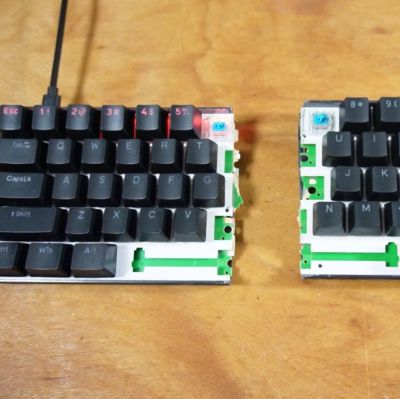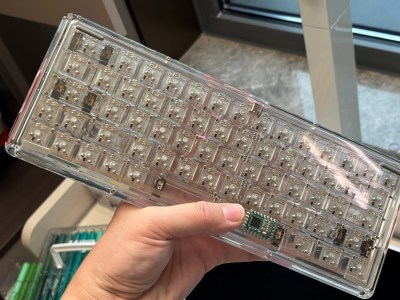There are some ideas which someone somewhere has to try. Take [Uri Tuchman]’s foot mouse. It’s a computer mouse for foot operation, but it’s not just a functional block. Instead it’s an ornate inlaid-wood-and-brass affair in the style of a very fancy piece of antique footwear.
The innards of an ordinary USB mouse are placed in something best described as a wooden platform heel, upon which is placed a brass sole with a couple of sections at the front to activate the buttons with the user’s toes. The standout feature is the decoration. With engraving on the brass and inlaid marquetry on the wood, it definitely doesn’t look like any computer peripheral we’ve seen.
The build video is below the break, and we’re treated to all the processes sped up. At the end he uses it in a basic art package and in a piloting game, with varying degrees of succes. We’re guessing it would take a lot of practice to gain a level of dexterity with this thing, but we salute him for being the one who tries it.
This has to be the fanciest peripheral we’ve ever seen, but surprisingly it’s not the first foot mouse we’ve brought you.



















